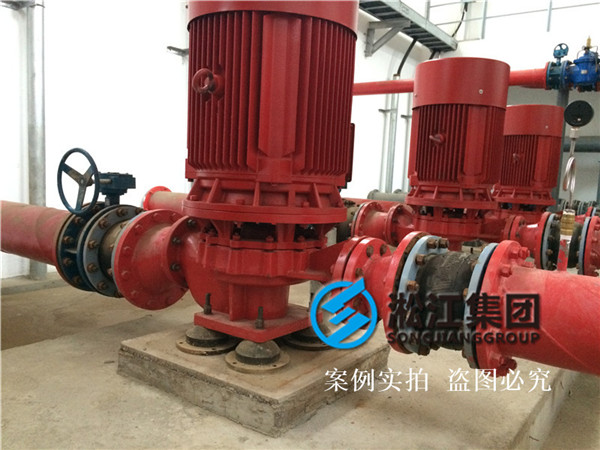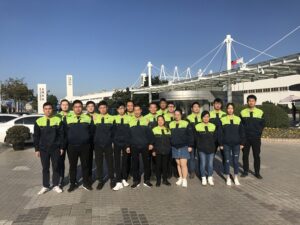Why Are Rubber Air Dampers Effective in Vibration Isolation Systems?
Are excessive vibrations damaging your equipment or creating noise pollution? You’re not alone—many HVAC and industrial systems suffer from this issue. Fortunately, rubber air dampers offer a cost-effective and efficient solution.
Rubber air dampers are highly effective in vibration isolation systems because of their elasticity, damping capability, and long-term durability. They absorb unwanted mechanical energy, making systems quieter and more stable.
Let’s explore why rubber air dampers stand out in vibration isolation.
Why Is Rubber Good for Anti-Vibration Mounts?
Rubber is widely used for anti-vibration mounts due to its unique material properties. Its combination of flexibility and energy dissipation makes it ideal for controlling unwanted motion and noise.
Rubber, especially high hysteresis rubber and neoprene rubber, offers excellent shock-absorbing characteristics. These materials deform under load and gradually return to shape, dissipating vibration energy in the process.
What Is the Best Material for Vibration Dampening?
The best material for vibration dampening often depends on the application. However, rubber consistently ranks among the top choices for most industrial and HVAC systems.
Compared to metal springs (system spring vs rubber isolators), rubber provides better damping and is easier to install. While springs isolate vibration at specific frequencies, rubber offers broadband isolation and better resistance to environmental wear.
How Does Rubber Reduce Vibration?
Rubber reduces vibration by absorbing kinetic energy and converting it into heat. This ability to dissipate energy is called damping, and rubber materials excel in this area.
Rubber dampers compress and stretch with motion, creating internal friction that absorbs mechanical energy. This helps reduce the amplitude of vibrations transmitted to surrounding structures.
How Do Rubber Dampers Work in Air Systems?
In air systems like HVAC ducts, rubber dampers prevent mechanical vibrations from traveling through ductwork. They improve system performance and reduce structural noise.
These rubber vibration dampers and dampers in air ducts operate by absorbing air-induced pulses and machine-originated vibrations. When paired with air damper control, they optimize airflow while maintaining a quiet environment.
Does Rubber Conduct Vibration or Isolate It?
Rubber isolates vibration rather than conducting it. Its molecular structure enables it to absorb vibratory energy instead of passing it along the connected components.
Because of this property, rubber mounts and dampers are used in everything from compressors to HVAC fans, where vibration must be minimized to protect other system parts.
Does Damping Really Reduce Vibration Levels?
Yes, damping significantly reduces vibration amplitude over time. It converts mechanical motion into low-level heat, which disperses energy.
In active vibration isolation systems, damping is a core component. Rubber-based dampers offer passive damping that complements electronic control systems in reducing vibration.
What Is a Damper in a Vibration System?
A vibration damper is a device that dissipates vibratory energy to minimize motion. Unlike isolators that block transmission, dampers manage excess kinetic energy.
Rubber dampers are especially effective because they offer both damping and partial isolation. This dual functionality makes them essential in systems requiring stability and protection.
How to Make a System’s Vibration Quieter Using Rubber?
To reduce noise and vibration, integrate rubber dampers at mechanical joints and contact points. They absorb sound-related vibration and reduce airborne noise.
Applying rubber isolators to fans, compressors, or motors prevents vibration from entering the structure. This is particularly effective in HVAC systems and industrial units where silence is a performance factor.
What Is the Difference Between Vibration Isolation and Vibration Absorption?
Vibration isolation blocks transmission, while vibration absorption dissipates energy. Rubber elements often do both to varying degrees.
Rubber vibration isolators work by decoupling the source from the receiver, whereas rubber vibration dampers reduce energy intensity. Systems benefit most when both are strategically applied.
Summary
Rubber air dampers provide reliable, economical vibration control—ideal for HVAC and industrial applications.







2 Responses
This article is a perfect blend of facts and
practical advice. Great site!
Thank you for your support.